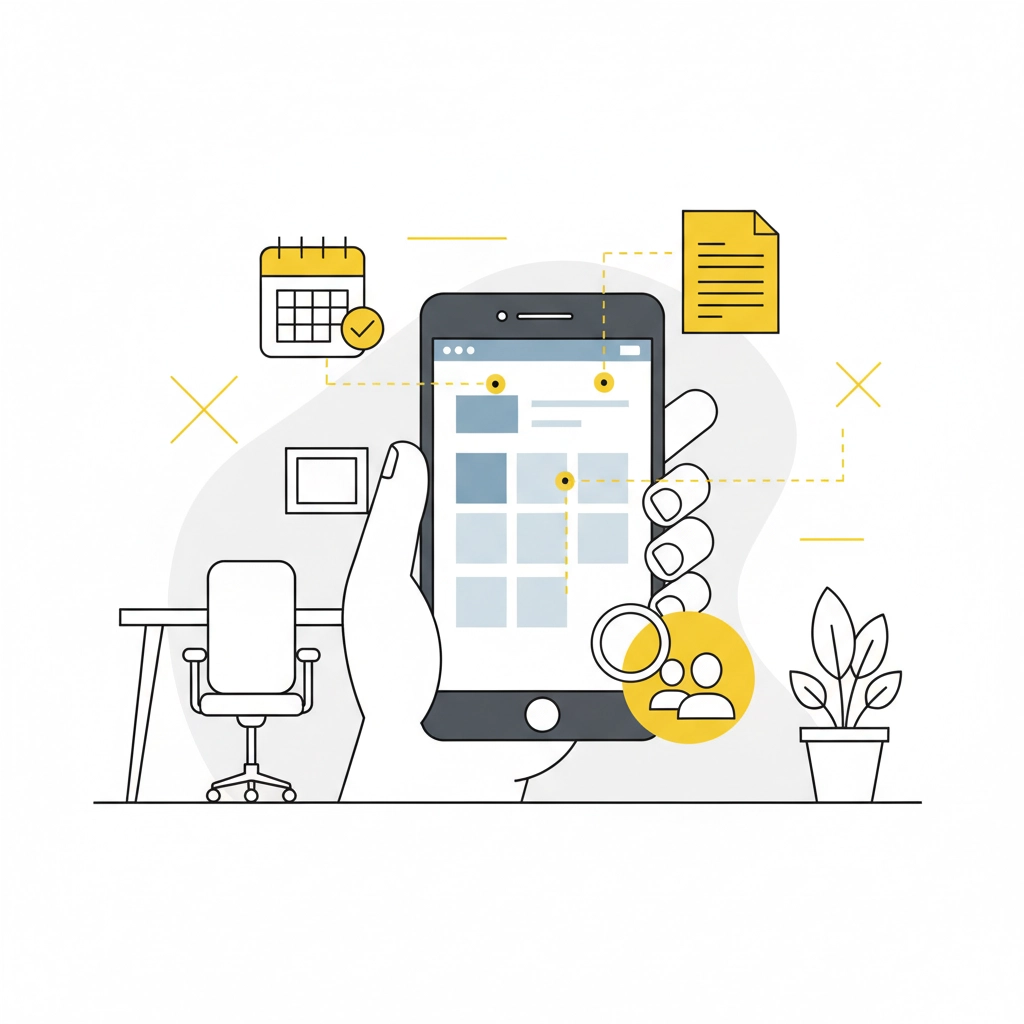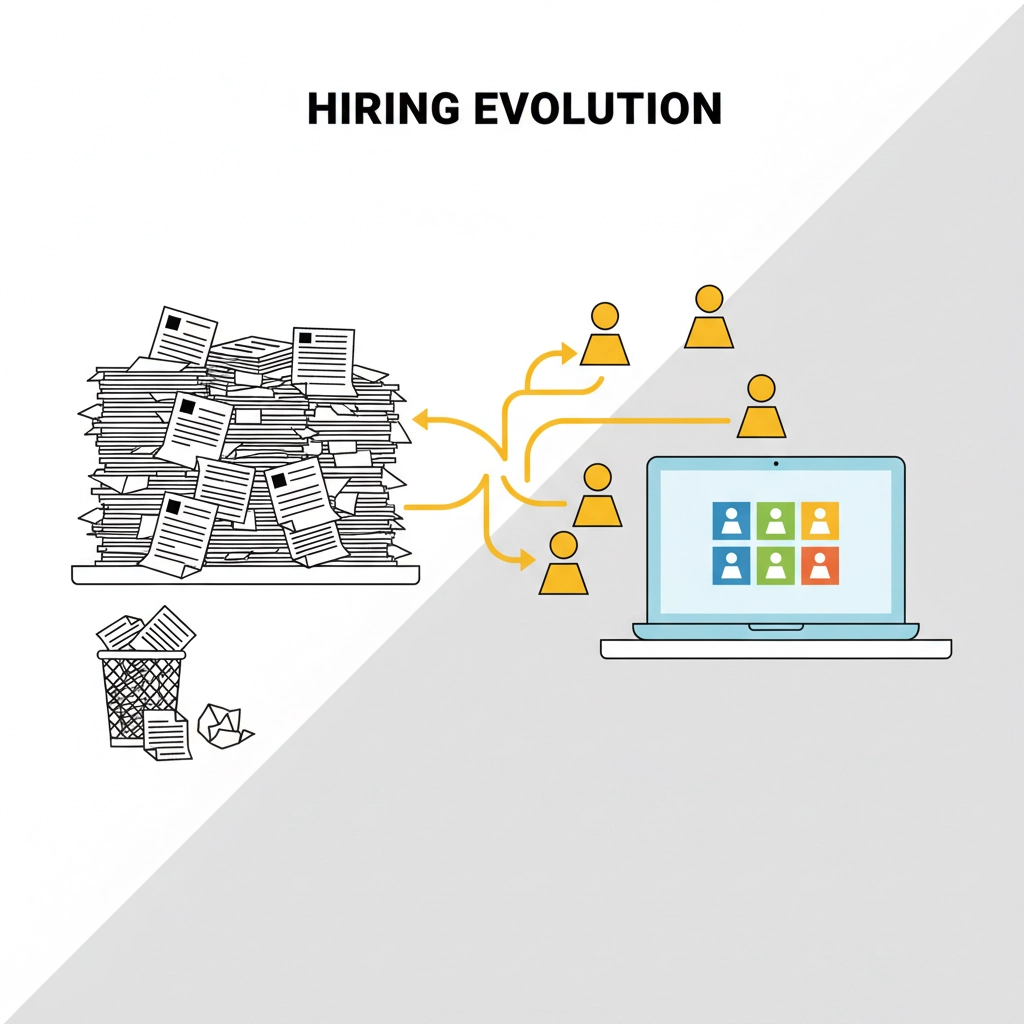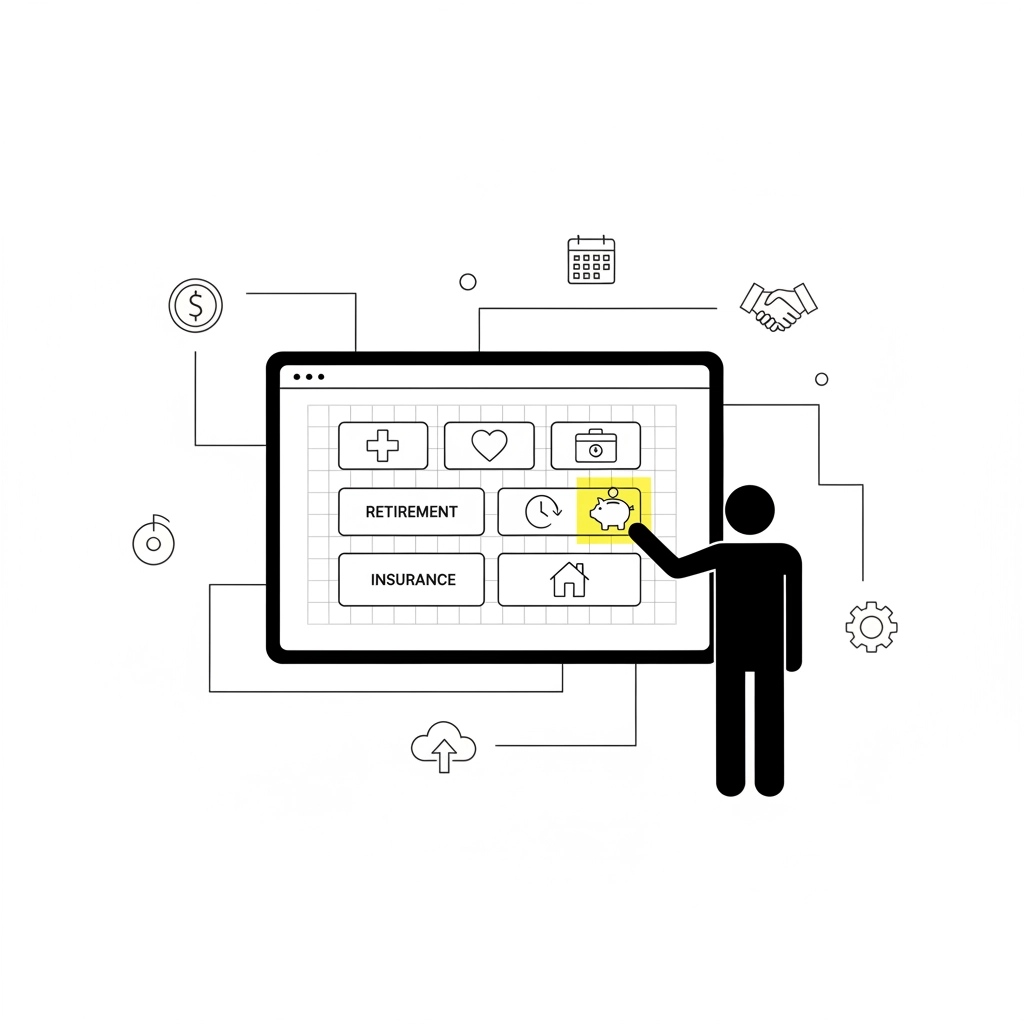Stop Wasting Time on Manual HR Processes: 10 Technology Solutions That Will Transform Your Business
- Justin Hall
- Oct 23
- 5 min read
Let's be honest – if you're still managing HR with spreadsheets, sticky notes, and filing cabinets, you're burning through hours that could be spent growing your business. Manual HR processes don't just waste time; they drain your team's energy and create opportunities for costly mistakes.
The good news? We're living in an era where technology can handle the heavy lifting, freeing you up to focus on what actually matters: building a thriving workplace culture and supporting your people. Here are 10 game-changing technology solutions that will transform how you handle HR.
1. All-in-One HR Information Systems (HRIS)
Think of an HRIS as your HR command center. Instead of juggling separate systems for payroll, benefits, time tracking, and employee records, everything lives in one place. Platforms like BambooHR and Rippling have made this incredibly user-friendly for small and medium businesses.
These systems eliminate the nightmare of updating employee information across multiple platforms. When someone gets married and changes their name, you update it once, and it automatically flows to payroll, benefits, directory listings, and anywhere else it needs to go.

The best part? Your employees can handle most updates themselves through self-service portals, which brings us to our next solution.
2. Employee Self-Service Portals
Remember when employees had to come to HR for everything – updating their address, checking their PTO balance, or downloading their W-2? Those days are over. Self-service portals put employees in control of their own information.
Your team can submit time-off requests, update personal details, access pay stubs, and even complete their annual benefits enrollment without HR involvement. This doesn't just save you time; it actually improves employee satisfaction because they get instant access to information instead of waiting for someone to get back to them.
3. Automated Applicant Tracking Systems (ATS)
Hiring used to mean drowning in resumes, manually scheduling interviews, and trying to remember which candidate said what in their cover letter. Modern ATS platforms use AI to screen applications, automatically schedule interviews, and even handle initial candidate communications through chatbots.
These systems can post jobs across multiple platforms simultaneously, track candidates through each stage of your hiring process, and generate reports on your recruiting metrics. Some can even identify the best candidates based on criteria you set, dramatically reducing the time your team spends on initial screening.
4. Digital Onboarding Platforms
New hire paperwork doesn't have to be a stack of forms and a day spent in HR. Digital onboarding platforms create a smooth, professional experience that starts before the employee's first day.
These systems automatically generate offer letters, collect required documents, handle background check coordination, and guide new hires through company policy acknowledgments. By the time your new employee walks in the door, all the administrative work is done, and they can focus on actually learning their role.

If you're curious about how HR technology can specifically save time and reduce compliance risks, check out our detailed breakdown of 5 ways HR tech can save you time and legal headaches.
5. Automated Time and Attendance Tracking
Say goodbye to paper timesheets and the headaches that come with them. Modern time tracking uses everything from mobile apps with GPS verification to biometric scanners, ensuring accurate attendance records without manual intervention.
These systems automatically calculate overtime, track PTO usage, and integrate directly with payroll. No more spending hours reviewing timesheets for errors or chasing down employees for missing entries.
6. Payroll Automation Software
Manual payroll processing is where small errors create big problems. Automated payroll systems handle calculations, tax withholdings, direct deposits, and compliance reporting while you focus on other priorities.
The real magic happens when these systems integrate with your time tracking and benefits platforms. Hours worked, overtime, benefit deductions, and tax calculations all happen automatically. Many platforms also handle multi-state compliance requirements, which is crucial for growing businesses with remote employees.
7. Benefits Administration Technology
Open enrollment season doesn't have to be chaos. Benefits administration platforms let employees compare plans, make selections, and complete enrollment online while giving you real-time visibility into participation rates and costs.
These systems often integrate directly with insurance carriers, automatically updating enrollment information and reducing the back-and-forth paperwork that traditionally makes benefits management so time-consuming.

8. Performance Management Systems
Annual performance reviews don't have to involve scrambling to remember what each employee accomplished over the past year. Modern performance management platforms facilitate ongoing feedback, goal tracking, and development planning throughout the year.
These systems send automatic reminders for check-ins, compile feedback from multiple sources, and provide analytics on team performance trends. Managers spend less time on administrative tasks and more time actually coaching their teams.
9. Document Management and E-Signature Solutions
Physical filing cabinets are becoming museum pieces, and for good reason. Cloud-based document management systems store employee files securely, track document versions, and ensure you can find what you need in seconds instead of minutes (or hours).
E-signature capabilities mean contracts, policy acknowledgments, and other required documents can be completed instantly, regardless of where your employees are located. This is especially valuable for remote teams or when you need to get something signed quickly.
10. Compliance Tracking and Reporting Tools
Staying compliant with employment laws is complex and getting more challenging every year. Compliance tracking systems monitor requirements, send alerts for upcoming deadlines, and generate reports for various regulatory requirements.
These platforms are particularly valuable for businesses operating in multiple states, as they can track different requirements automatically. Instead of manually researching compliance requirements, you get proactive alerts and guidance on what actions you need to take.

For businesses dealing with particularly complex compliance challenges, especially in states like California, our guide on California compliance challenges for small businesses provides specific insights into staying ahead of regulatory requirements.
Making the Transition: Where to Start
Implementing HR technology doesn't have to be overwhelming. Start by identifying your biggest pain points. Are you spending too much time on payroll? Start with payroll automation. Is hiring taking forever? Begin with an ATS.
Many modern HR platforms offer modular approaches, letting you implement one feature at a time rather than overhauling everything at once. This approach reduces disruption and lets your team adjust gradually.
The key is choosing solutions that integrate well together. As we've discussed in our analysis of what small businesses need to know about HRIS systems, having systems that talk to each other eliminates duplicate data entry and reduces errors.
The Bottom Line
Technology isn't just about saving time – though the hours you'll reclaim are significant. It's about transforming your HR function from a administrative bottleneck into a strategic advantage. When your team isn't buried in paperwork, they can focus on building the kind of workplace culture that attracts and retains great employees.
The businesses that embrace these technologies aren't just working more efficiently; they're creating better experiences for their employees and positioning themselves for sustainable growth. In today's competitive talent market, that's not just nice to have – it's essential.
Ready to stop wasting time on manual processes and start transforming your business? The technology exists, it's more affordable than ever, and your competitors are probably already using it. The question isn't whether you can afford to implement these solutions – it's whether you can afford not to.
Comments